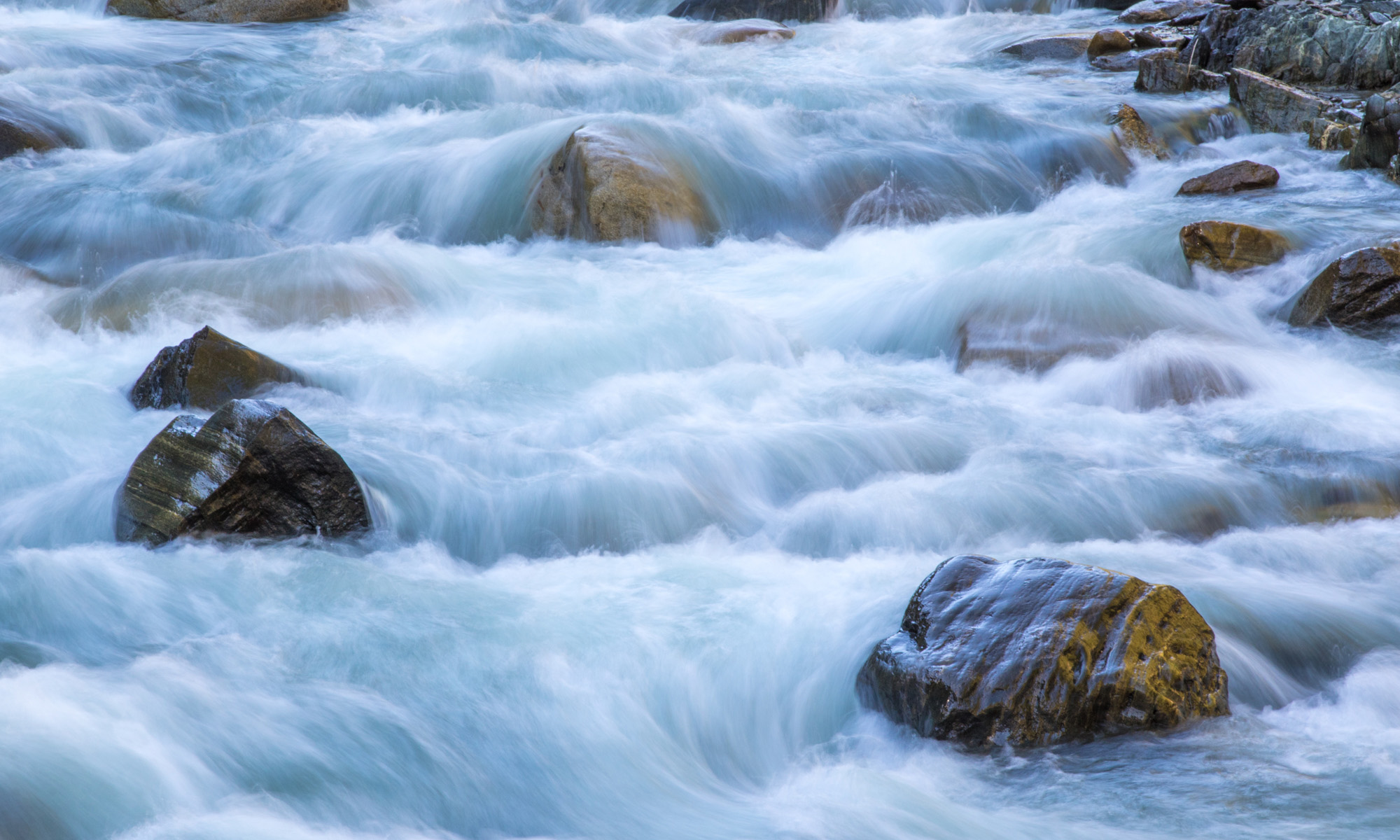Today’s Question: We recently attended your preconference workshop on Photoshop at the NECCC conference in Amherst. You told us about how to use the Pen tool to create and save a path which would then be used by the Healing Brush, a very useful feature especially for removing telephone lines. I understand how to create a path, but my notes are incomplete on how you saved and applied it for the healing brush. Do you have any instructions for that operation?
Tim’s Quick Answer: When you need to clean an area of a photo along a straight or curved line (such as for power lines), using the Pen tool to define a path that can then be stroked with an image-cleanup tool such as the Spot Healing Brush can provide an excellent solution.
More Detail: The Pen tool in Photoshop enables you to define a path comprised of straight or curved lines. After selecting the Pen tool from the toolbar, make sure the popup on the Options bar is set to Path. You can then click to define anchor points that will be connected with a straight line, or click and drag to add anchor points that will form a Bezier curve connected to the previous anchor point. When you click and drag the direction you drag will determine the angle that the curve exits from the anchor point, and the distance away from the anchor point that you drag determines how far down the curve the apex will be.
For image cleanup you will obviously want to define the path along the area that needs to be cleaned up. For example, you could click to add an anchor point where a power line enters the frame on the left side of the photo. You could then click-and-hold at the right edge of the photo where the power line exits. Drag with the mouse down to refine the curve so it follows the path of the line you want to clean up.
Once you have defined the path for your image cleanup work, you can use one of the image cleanup tools to remove the blemish defined by that path. I typically use the Spot Healing Brush tool for this purpose, with the Type setting on the Options bar set to Content-Aware.
Next, go to the Paths panel, which you can bring up by choosing Window > Paths from the menu. Select the desired image cleanup tool from the toolbar, such as the Spot Healing Brush tool. I recommend creating a new empty image layer to contain the cleanup pixels if you haven’t already been working on a separate image cleanup layer. Configure the settings for the cleanup tool on the Options bar as needed for the cleanup work.
You can then use the active cleanup tool to stroke the path you defined, so that the area of the image defined by the path will be cleaned up. To automatically stroke the path with the current tool, click the second button (the icon has a solid outline of a circle that is not filled in). The active tool will follow the shape of the path, which in this case will cause the area of the image defined by that path to be cleaned up. You can then delete the path by clicking the trash can icon at the bottom-right of the Paths panel.

